The Forgotten Voyage: Alfred Russel Wallace and His Discovery of Evolution by Natural Selection – Peter Crawford (1983)
The theory of evolution was co-discovered independently by two biologists that lived within the same time period. Darwin and Wallace were well known in their time but Wallace’s name gradually has been overshadowed by Darwin. Today we rarely (almost never) hear the name Alfred Russell Wallace. In this documentary Peter Crawford directs a dramatization of the events showing the interaction between the two influential scientist. We see Wallace as a determined resilient young naturalist without formal education build a respectable […]

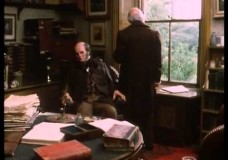
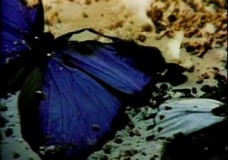
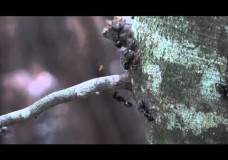
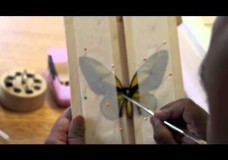
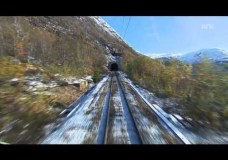
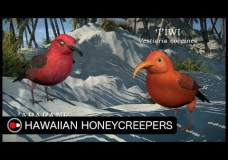
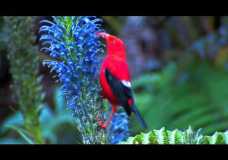

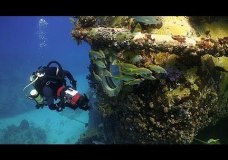
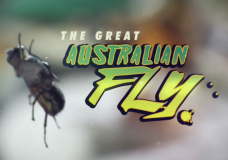

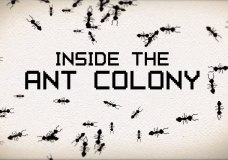
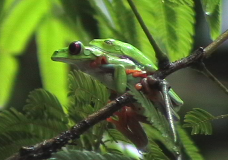

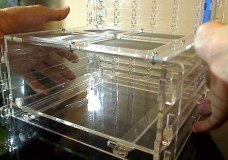

Recent Comments